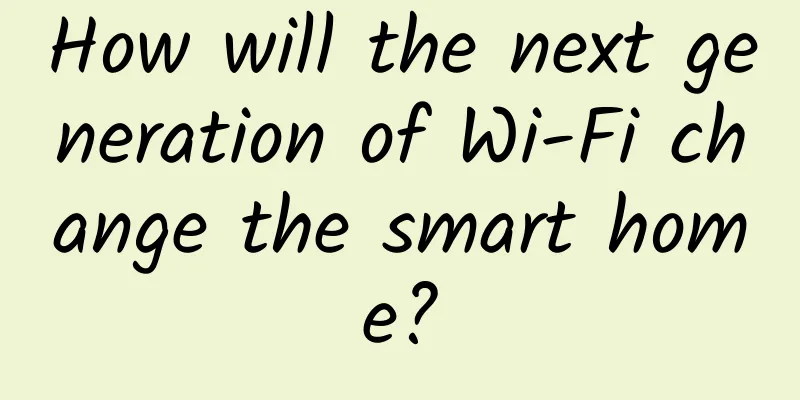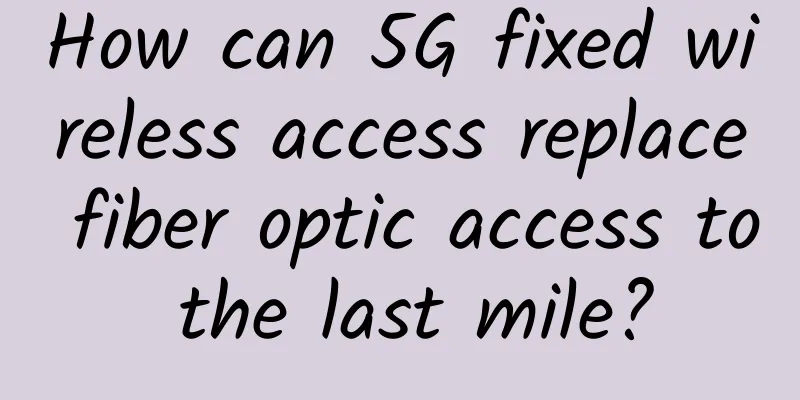How will the next generation of Wi-Fi change the smart home?

|
Strategy Analytics predicts that the number of Wi-Fi-enabled smart home devices will more than triple to 17 billion by 2030. However, the rapid growth of the Internet of Things (IoT) and the proliferation of smart home devices has prompted a rethinking of Wi-Fi connectivity, revealing technical gaps in the 802.11 standard and the role it should play in our connected world. As the terms Internet of Things, or IoT, enter our mainstream conversations, today’s consumers are internalizing the concept of IoT when making decisions about purchasing smart home devices. For example, the average U.S. household will use 22 connected devices in 2022. From smartphones and smart TVs to sprinkler systems and smart thermostats, consumers around the world are actively expanding their IoT networks, even if they don’t think about it in those terms. Connected devices are essential to everyday life, and Wi-Fi has become synonymous with IoT connectivity, even though it’s not the best connectivity option in a smart home, it’s the most used. Since its debut in 1997, Wi-Fi has steadily evolved and improved to provide higher bandwidth, maximum throughput, and more frequency bands. Now, Wi-Fi 7 is just around the corner, and it will provide the next major upgrade to the Wi-Fi protocol to meet the needs of ultra-high-speed devices. Another Wi-Fi innovation has recently emerged in the form of Wi-Fi CERTIFIED HaLow, built specifically to meet our growing needs for the home and long-range IoT.
Together, these next-generation Wi-Fi protocols promise to make it easier for consumers to manage their own smart home networks and enable smart home service providers to manage large IoT networks. Improve your home Wi-Fi coverageWi-Fi provides reliable connectivity to devices near the router, even for bandwidth-hungry applications like video conferencing, gaming, or virtual reality. But there is a challenge, especially for full coverage of larger homes. Today’s best Wi-Fi 6E mesh access points struggle to reach locations outside the home, such as the front door, second homes, and outdoor cameras. By using Wi-Fi HaLow, consumers can extend the range of mesh access points, so they can get the bandwidth they need everywhere in the house. Of course, other wireless options exist, but many mesh routers shipped today are reconfigured multiple times, and many use the same radio link for data communications and configuration. A major benefit of using a separate radio, such as Wi-Fi HaLow, is that it simplifies configuration and improves network stability. This simplicity and reliability are key elements to the mass adoption of Wi-Fi HaLow. Make family safety more reliableThe smart home security market is booming. One study predicts that 120 million home cameras will be purchased in 2023 alone. Another survey found that most home camera owners check on their homes daily via their smartphones. Clearly, demand for wireless home cameras is growing, and consumers will demand reliability. Most buyers expect wireless cameras to work right out of the box, but every building has a different layout, which can cause setup issues. Rather than relying on wired power or larger batteries, we can expect consumers to choose the convenience, efficiency, and affordability of long-range wireless networks. Wi-Fi HaLow's sub-GHz frequencies and narrower channels enable reliable connections up to 10 times farther than traditional Wi-Fi at the same transmitter power level. In short, Wi-Fi HaLow-based cameras can continue to transmit video at greater distances where traditional Wi-Fi cameras lose connectivity. Extend your Wi-Fi network outside your home and across your neighborhoodImagine paying for Internet service from a major service provider and discovering that your monthly subscription also gives you free access to Wi-Fi through any other nearby subscriber's router. You can use Wi-Fi on your morning run or for any other purpose like playing music on your phone. This is possible today. Amazon Sidewalk, for example, does this with a shared network that helps connected devices work better both inside and outside your home. Sidewalks can unlock the benefits of devices, supporting other Sidewalk devices near you and locating pets or lost items. It uses Sidewalk Bridge devices to create a low-bandwidth network to share a small portion of your internet, if you choose, and it pools with neighboring connections to provide these services to you and your community. When more neighbors participate, the network becomes stronger. Today, Wi-Fi coverage is limited over larger areas, and so is the Wi-Fi range of individual routers. The result is that connectivity is spotty at best. You pretty much have to stand outside someone’s front door with a laptop to do anything useful. However, by adding Wi-Fi HaLow to the network, service providers can offer customers longer-range Wi-Fi coverage, from a kilometer from the home router to an entire neighborhood or city. This is an attractive feature that many consumers want, and we can expect that many service providers will be eager to offer it. Lighting up the future of connectivityThe possibilities are endless with the wide range of connectivity options and smart homes available today and tomorrow. We will see trusted, intelligent, connected machines begin to physically interact with our world, enriching our lives and allowing everyone to focus on what matters most to them. Live in a good world. |
<<: LoRaWAN for public, private and hybrid networks
>>: In the next ten years, the WiFi module market will usher in rapid growth
Recommend
UFOVPS limited 10% off + recharge rebate, US CN2 GIA/Hong Kong CN2 GIA/Japan CN2 GIA optional
UFOVPS is a Chinese hosting company founded in 20...
From 4G to 5G, is there only a 1G gap? Four major issues that need to be solved for 5G commercial use
Recently, the State Council issued the "Guid...
Channels: Operators’ Breakthrough Skills in the 5G Era
An operator executive once believed that user gro...
Smart Manufacturing under 5G: A New Model of Smart Factory Automation
[[286782]] As a new generation of mobile communic...
Encryption makes enterprise data no longer "naked"
At present, the network security environment is d...
Why don't we use HTTP directly for calls between services but use RPC?
[[313073]] What is RPC? RPC (Remote Procedure Cal...
Shanghai Pudong issued the country's first "blockchain construction standard" in the government sector
Recently, the Pudong New Area's "Governm...
Huawei Cloud Private Cloud Solution Reaches New Success at the End of the Year Sixteen Words Connect Enterprises Now and in the Future
[51CTO.com original article] Huawei is a company ...
Aicrypt and Anbai Technology reached a strategic cooperation to build the "Application Security +" of the information industry
On June 15, Aicrypt and Anbai Technology held a s...
iWebFusion: $99/month - Dual E5-2670/128G memory/500G SSD hard drive/20TB monthly traffic, multiple data centers in Los Angeles and other places
iWebFusion (iWFHosting) is a site under the forei...
Network Interview Experience: It’s time to learn about these new features of HTTP 2.0
[[420219]] There are not many interview questions...
5G Wireless: Market Opportunities and Technical Challenges from Sub-6 GHz to Millimeter Wave
For Massive MIMO systems, 4th Generation GaN tech...
The 5G competition between China and the United States is heating up. What will the future hold?
As we all know, 5G has become the main battlefiel...
TCP access layer load balancing, high availability, and scalability architecture
Today, let’s have a systematic discussion about T...
Can the United States make China disappear from the Internet?
Let’s talk about an interesting topic today. Ther...









